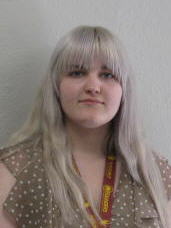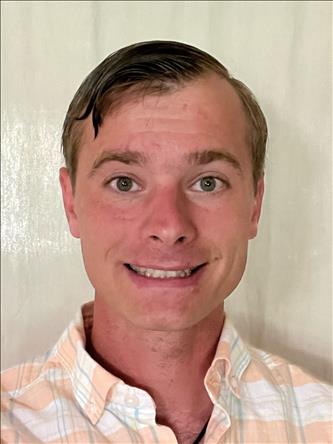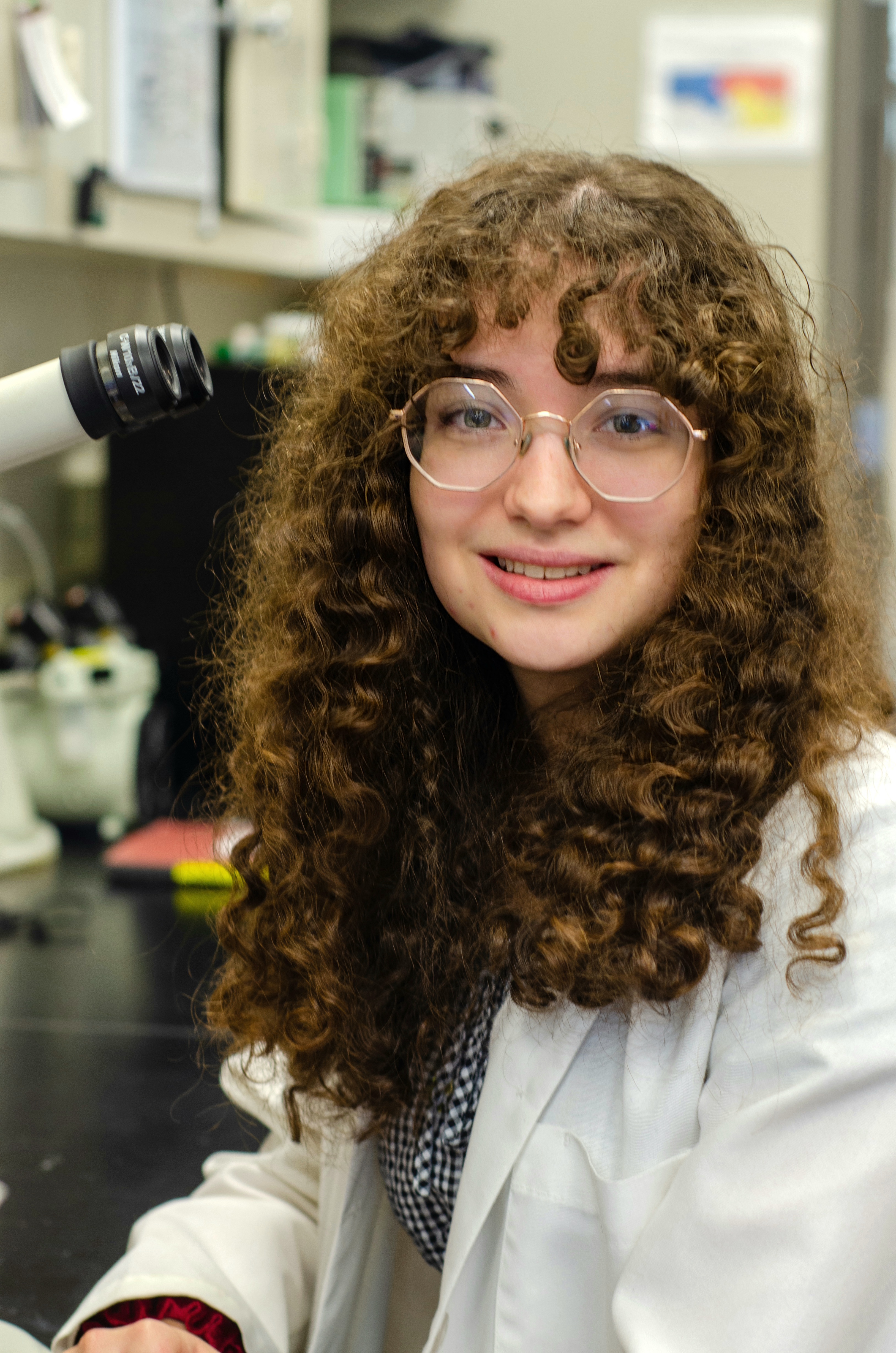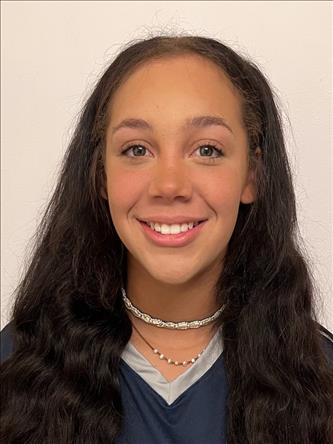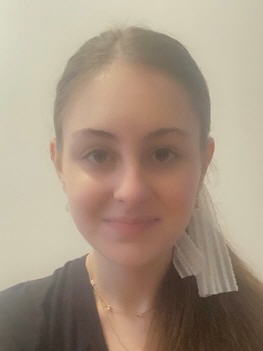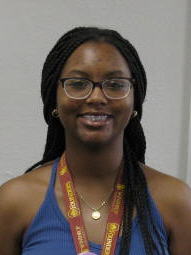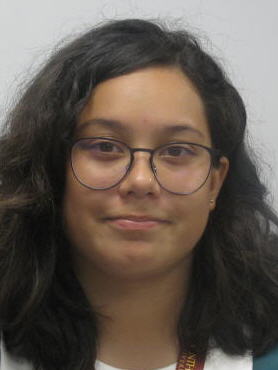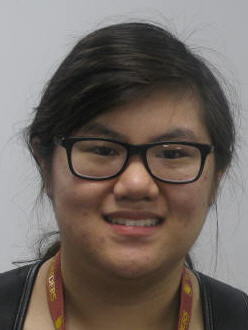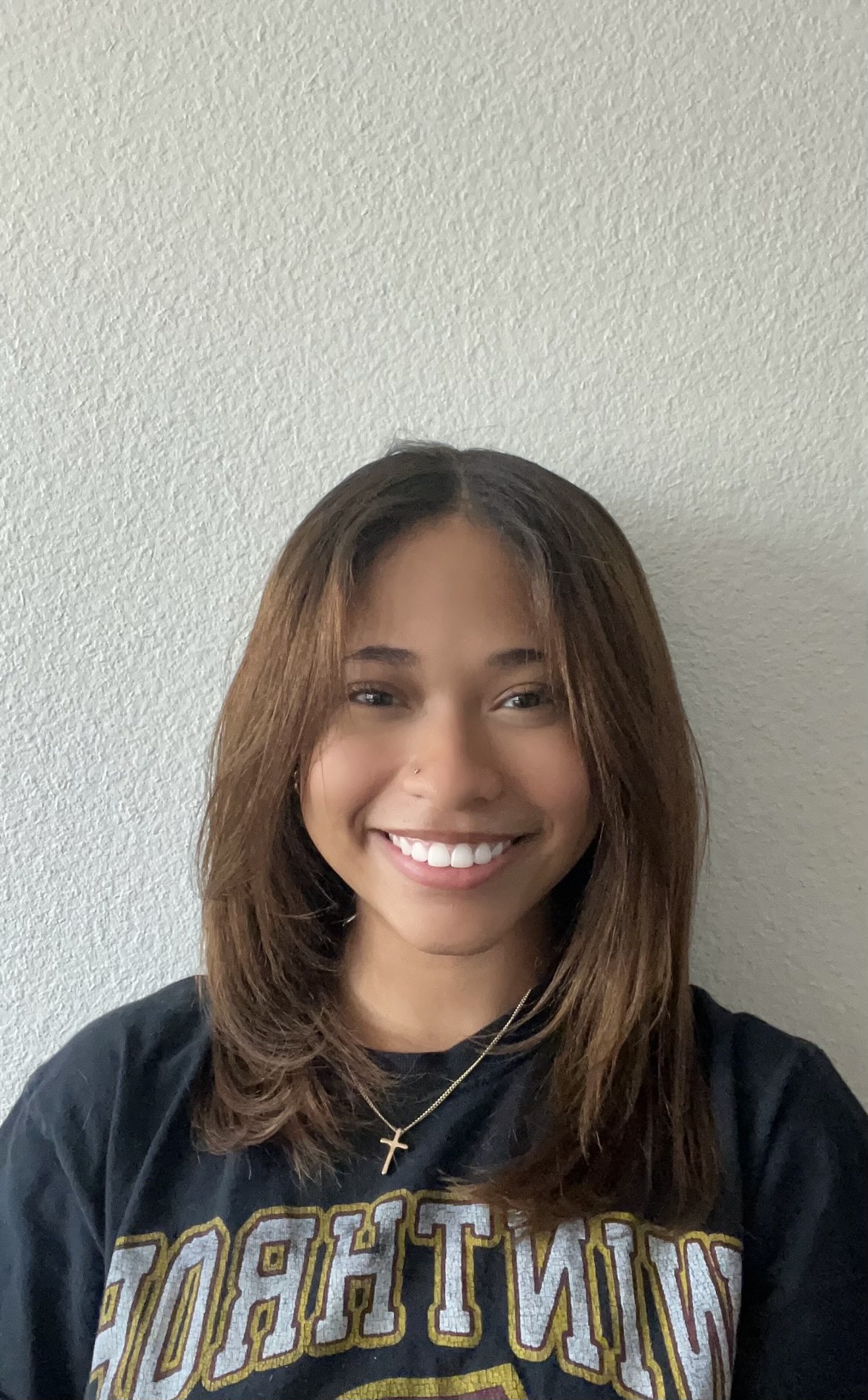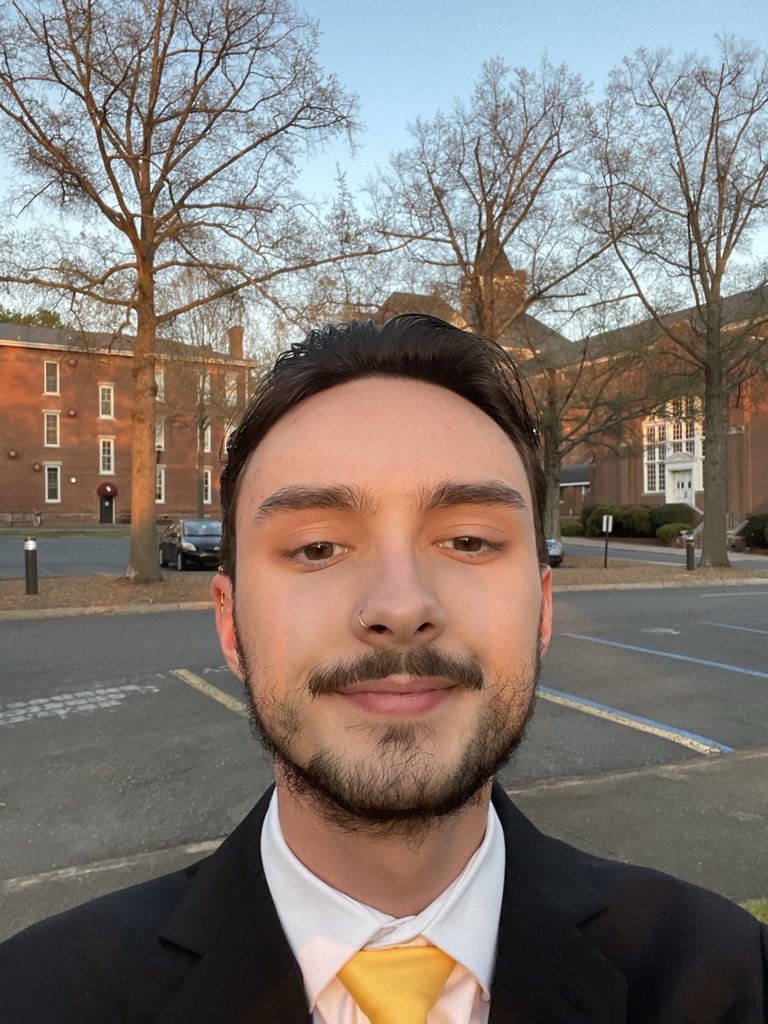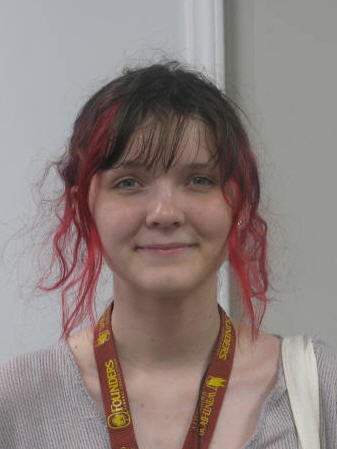Below is a summary of the abstract you submitted. Presenting author(s) is shown in bold.
If any changes need to be made, you can modify the abstract or change the authors.
You can also download a .docx version of this abstract.
If there are any problems, please email Dan at dar78@pitt.edu and he'll take care of them!
This abstract was last modified on March 8, 2024 at 11:15 a.m..
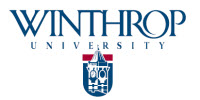
The SEA-GENES program aims to further our understanding of bacteriophage gene function by characterizing each annotated gene of a phage’s genome. Winthrop University SEA-GENES students have been investigating the mycobacteriophage ExplosioNervosa: an A9 subcluster phage discovered in the soil of Winthrop University’s campus. ExplosioNervosa has a genome containing 96 genes. Of these genes, only 36 have a predicted function. Through molecular cloning, students have isolated and amplified each of ExplosioNervosa’s genes excluding genes 74-84, which reside in a large area of deletion that is present in a mutant strain of ExplosioNervosa but not the original wild type isolate. The amplicon size of each gene was confirmed by gel electrophoresis. The resulting gene inserts were assembled into the pExTra plasmid to be transformed into competent Escherichia coli cells. The resulting colonies were clone verified to ensure the uptake of pExTra plasmids containing the desired gene inserts had occurred. Verified clones were grown overnight, and plasmid DNA was extracted then transformed into ExplosioNervosa’s bacterial host Mycobacterium smegmatis. Following transformation, a cytotoxicity assay was performed. This assay allows visualization of the effect of expressing each of ExplosioNervosa’s genes on its host bacteria M. smegmatis. A phenotypic response to ExplosioNervosa gene expression may be indicative of interactions between ExplosioNervosa’s gene products and the host’s proteome. The work of students in the Winthrop University SEA-GENES program may help further elucidate the relationships between bacteriophages and their bacterial hosts.


